The Role of 3D Petroleum Animation in Explaining Complex Oil & Gas Processes
The rapidly evolving oil and gas industry often requires understanding its complex processes to improve operational efficiency and safety. Now, 3D petroleum animation has become a powerful tool that makes it easier for us to visually understand and comprehend key operations. This article will delve into the complexity of oil and gas processes, introduce 3D oil animation, explain how it works, and outline its advantages in the oil industry.
Know the Complexity of Oil & Gas Processes
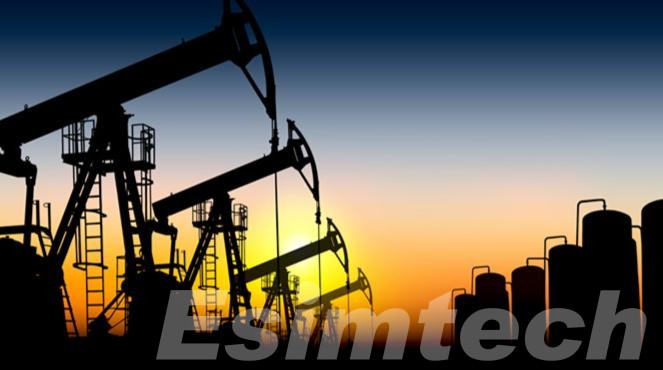
The oil and gas industry operates within an intricate framework where every process is interlinked, contributing to the overall complexity of operations.
- At the exploration stage, geologists and engineers decipher subsurface data to locate potential reservoirs, a task complicated by the unpredictable nature of geological formations. Once a site is identified, drilling and production commence, introducing a host of technical challenges.
- The simultaneous handling of oil, gas, and water—known as multiphase flow—requires precise monitoring and management to maintain system efficiency and prevent costly disruptions.
- Moreover, the physical infrastructure, from drilling rigs to extensive pipeline networks, demands meticulous planning and integration. Each component must function flawlessly within a tightly coordinated system to ensure the safe transport and processing of resources.
- Additionally, reservoir management involves understanding dynamic subsurface conditions that can vary greatly from one location to another, further complicating extraction strategies. Safety protocols and regulatory compliance add another layer of complexity, as they require continuous adaptation to evolving industry standards and environmental considerations.
These multifaceted challenges make it difficult to fully grasp operational processes using traditional 2D diagrams or static reports, underscoring the need for advanced visualization techniques like 3D petroleum animation to bridge the comprehension gap.
Introduction to 3D Petroleum Animation
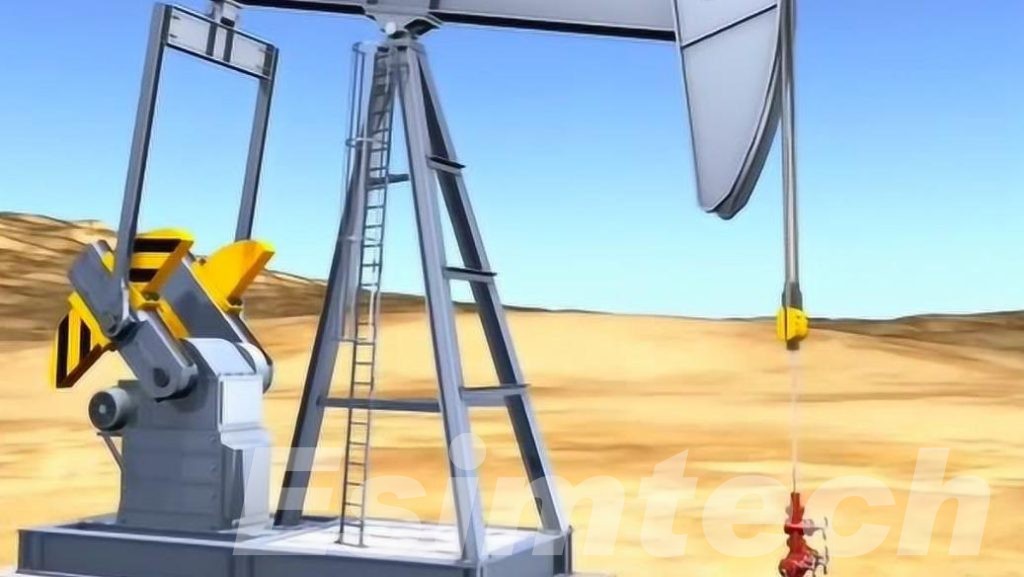
3D petroleum animation represents a state-of-the-art visualization approach that transforms intricate oil and gas processes into compelling, three-dimensional graphics. By simulating equipment, pipelines, and underground reservoirs with remarkable precision, these animations offer an immersive experience that turns abstract technical concepts into tangible, real-world scenarios.
Some of the standout features of 3D petroleum animation include:
First, high-fidelity visuals. That is, using high-definition graphics, these animations create realistic representations that make the interactions between various components clear and easy to understand.
Second, interactive exploration. Many animations are designed with user interaction in mind, allowing viewers to zoom in, rotate the view, and drill down into specific parts of the process.
Third, comprehensive details. They effectively capture complex systems in a detailed but easy-to-understand way – from multiphase flow dynamics to reservoir behavior and safety protocols.
By combining these advanced features, 3D petroleum animation not only accelerates the learning process for technical teams but also improves communication with non-technical stakeholders, ensuring that everyone involved gains a clear and unified understanding of the operations.
How 3D Petroleum Animation Works?
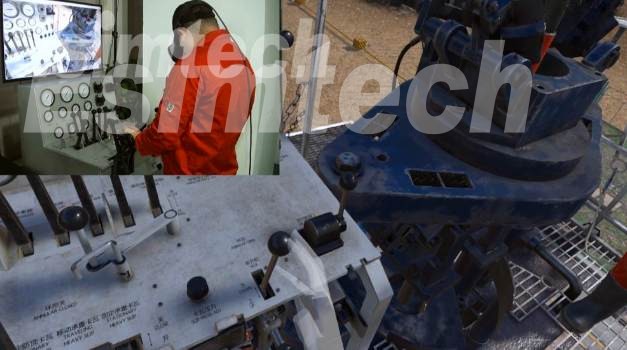
3D petroleum animation is created through a combination of advanced computer graphics, industry-specific data, and simulation technology. The process involves several key stages, each contributing to the accuracy and effectiveness of the final animation. The table below summarizes the main steps:
| Stage | Description |
| Data Collection and Analysis | Engineers and animators gather technical information, including schematics, sensor data, and geological models, to ensure accuracy in the animation. |
| 3D Modeling and Simulation | Using specialized software, 3D models of equipment, pipelines, and subsurface reservoirs are created. These models are then animated to simulate real-world operations, including fluid flow and mechanical movements. |
| Rendering and Visualization | The animated models undergo high-quality rendering, adding textures, lighting effects, and environmental elements to enhance realism and visual appeal. |
| Interactive Features and Final Output | Many animations incorporate interactive elements, allowing users to explore processes from different angles, zoom in on key components, and manipulate the animation for better understanding. |
Benefits of 3D Animation in the Petroleum Industry
The integration of 3D petroleum animation brings a wide array of advantages to the oil and gas industry, transforming how companies approach operations, training, and communication. Below are some key benefits:
- Enhanced Clarity of Complex Processes
3D animation offers a more intuitive way to comprehend complex processes, helping both technical and non-technical audiences better understand intricate oil and gas operations. Through detailed animations, we can present complicated concepts in a more digestible format, minimizing the chances of miscommunication and supporting more informed decision-making across teams.
- Enhanced Training and Safety Measures
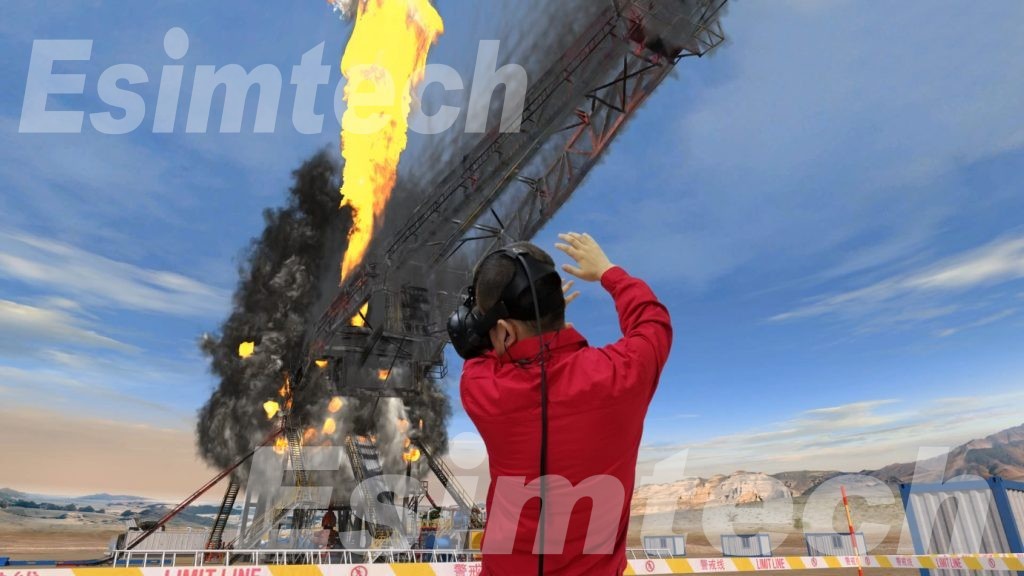
By incorporating 3D animation into training programs, employees gain hands-on experience with simulated real-world scenarios, which improves their understanding and retention of safety protocols and operational procedures. Animations allow for the visualization of potential hazards and failures, enabling teams to anticipate issues and plan better safety strategies before they occur in real life, thus reducing operational risks.
- Time and Cost Efficiency
With visual clarity, 3D animations minimize the chances of misinterpretation, cutting down the time spent on explaining complex concepts and ensuring more accurate execution of tasks. When troubleshooting operational issues, animated simulations help teams quickly identify problems and test solutions without the need for costly trial and error on-site.
- Enhanced Stakeholder Engagement
3D animations act as compelling tools in investor presentations, offering clear and engaging visual depictions of complex projects that help foster trust and confidence. For potential clients, these animations provide an easily digestible breakdown of processes and project scope, strengthening client relationships and promoting transparency.
- Future-Proof Technology
3D animation tools can be easily updated to incorporate new technological advancements and data, ensuring that simulations remain precise as innovations in methods and equipment emerge. By utilizing cutting-edge visualization techniques, companies are empowered to innovate, refine their operational and training strategies, and maintain a competitive edge in an evolving industry.
Through these benefits, 3D petroleum animation plays a crucial role in optimizing operations, improving safety standards, and promoting efficiency across the petroleum industry. Its adoption not only simplifies complex processes but also drives forward-thinking solutions in an increasingly competitive sector.
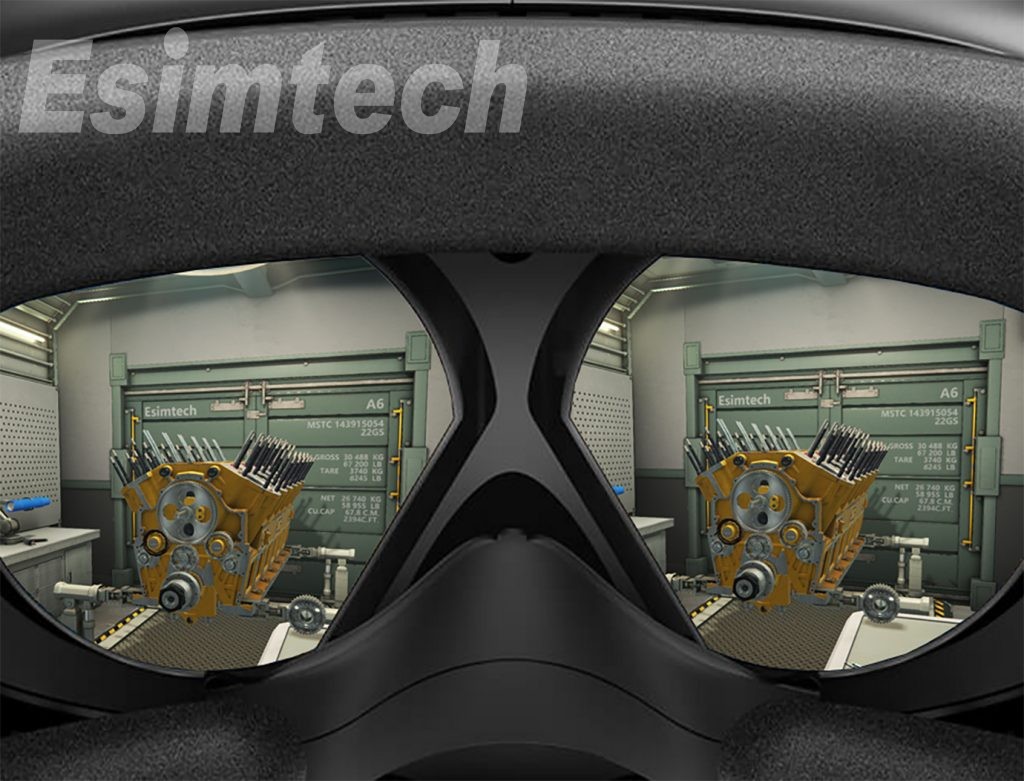
Summary
As a technically demanding industry, the role of 3D petroleum animation cannot be underestimated. By transforming complex, abstract processes into easy-to-understand interactive visualizations, these animations can enhance understanding, improve personnel training, increase safety, and more. As the industry continues to evolve, adopting innovative technologies such as these will be key to improving efficiency, promoting innovation, and maintaining a competitive advantage in the global market.
Whether you are an engineer, project manager, or investor, harnessing the power of 3D animation can provide unparalleled insight into the complexities of oil and gas processes, paving the way for smarter, safer, and more efficient operations.
If you are interested in this kind of simulation training technology, you can contact Esimtech for more information.

